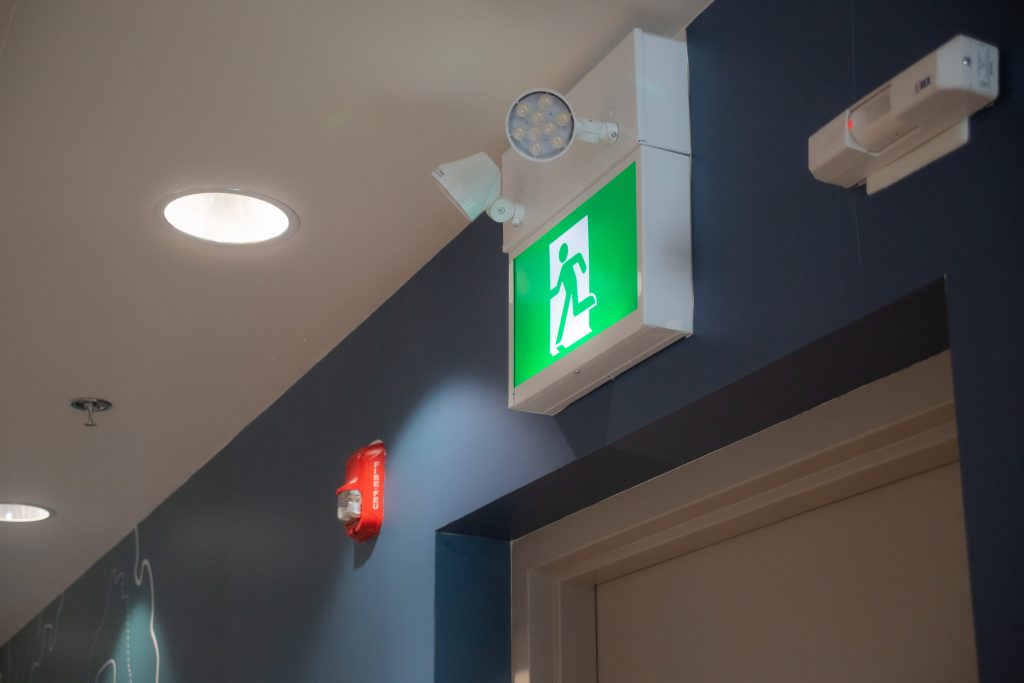Table of contents
Land acknowledgement

The Office of the Auditor General (OAG) of British Columbia acknowledges with respect that we conduct our work on Coast Salish territories. Primarily, this is on the Lekwungen-speaking people’s (Esquimalt and Songhees) traditional lands, now known as Victoria, and the WSÁNEĆ people’s (Pauquachin, Tsartlip, Tsawout and Tseycum) traditional lands, now known as Saanich.
About the Office of the Auditor General
The Office of the Auditor General (OAG) is an independent office of the Legislative Assembly of BC Our work encourages effectiveness, accountability and transparency in the public sector. The Auditor General Act authorizes us to audit the financial statements and performance of more than 150 provincial organizations. They include ministries, Crown corporations, universities, colleges, school districts and health authorities.
We report our findings and recommendations from performance audits to the Legislative Assembly and publish them online. Additionally, we annually publish an online report about our financial audit work.
We value diversity, equity and inclusion and OAG employees bring a wide range of education, expertise and experience to our work.
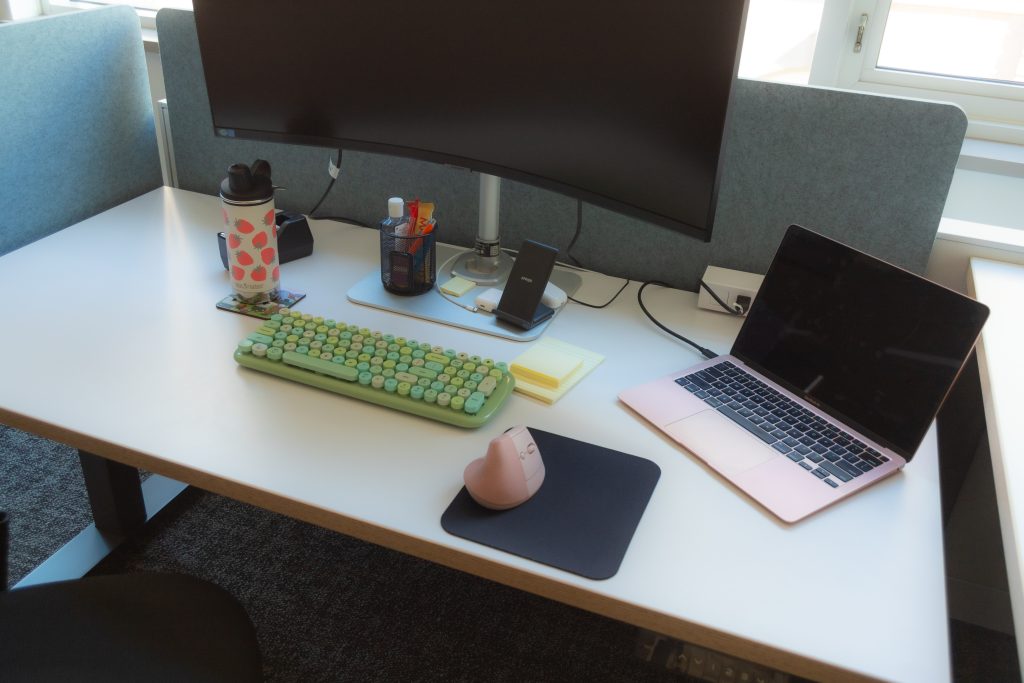
Auditor general’s message

I am pleased to share the Office of the Auditor General’s first Accessibility Plan.
Our plan focusses on two areas: accessibility in our workplace and accessibility to the work we produce for people in B.C.
It reflects the collective effort of our staff, led by our Accessibility Committee. We are also grateful for the support of the Independent Offices of the Legislative Assembly’s Accessibility Committee.
The actions we will take during the next three years will build on the contributions of the many advocacy groups and individuals who are dedicated to removing barriers and promoting accessibility for everyone.
Michael A. Pickup, FCPA, FCA
Auditor General of British Columbia
Victoria, BC
August 2024
Introduction
The Office of the Auditor General is committed to accessibility in all aspects of our operations. This includes our physical workspace, office culture and community, the reports we publish, the information on our website, and how we communicate with people and groups in BC.
In alignment with the Accessible British Columbia Act, our three-year Accessibility Plan will ensure accessible:
• digital spaces and tools, including our website and internal working environment;
• audit reports and information;
• staff awareness and training;
• physical workspaces;
• hiring processes; and
• public engagement and feedback mechanisms.
Throughout the plan’s development, we carefully considered the principles of inclusion, adaptability, diversity, collaboration, self-determination, and universal design. We will continually monitor and evaluate our plan and its implementation and consider these principles through future updates.

Definitions
Accessibility means that all people can take part in their communities through work, play and other daily activities free of barriers.
Accommodation is any modification or adjustment that allows a person with a disability, neurodiversity, or medical need to perform the essential functions of their job and enjoy equal employment opportunities. Accommodations are essential to employment equity and fairness, and may mean modifying employment requirements, rules or policies that could be considered discriminatory because they have a negative effect on an individual, or protected group.
Barriers can be caused by environments, attitudes, practices, policies, information, communications, or technologies, and affected by intersecting forms of discrimination. Examples of physical barriers can include inaccessible entrances, exits, restrooms, and workstations. They could also include narrow doorways and hallways, along with staircases that lack ramps or elevators. Technological barriers can include inaccessible software and systems and inadequate assistive technology, which can also lead to barriers in communication.
Disability means an inability to participate fully and equally in society because of the interaction between an impairment and a barrier. It includes a physical, sensory, mental, intellectual or cognitive impairment, whether permanent, temporary, or episodic in nature.
Diversity is the amount of difference within a group in a given setting. This may include the unique and varied backgrounds and characteristics of individuals, including race, ethnicity, Indigeneity, age, sex, gender/gender identity, sexual orientation, religion, disability, neurodivergence, class, education and lived experience. Embracing diversity acknowledges how these characteristics inform individual experiences and that diversity brings with it valuable perspectives, experiences, beliefs and values.
Equity is the intentional balancing of power dynamics to result in the fair treatment of all employees regarding the accessibility of information, opportunities, and resources. Pursuing equity means detecting and eliminating barriers in an organization’s policies, practices and procedures that prevent individuals from reaching their full potential. Equity in the workplace is not about treating everyone the same, but rather recognizing and addressing the differences and potential disadvantages that some employees may experience.
Inclusion is a healthy work environment and workplace culture where each individual feels welcome, safe, respected, valued, heard, and engaged on their own terms. Inclusion – the ideal state – happens when people feel like they are an insider. They experience a feeling of belonging within their organization, yet they are very much themselves and their uniqueness is highly valued.
Intersectionality describes how systems of inequity based on gender, race, ethnicity, sexual orientation, sex, gender/gender identity, disability, class, education, and other identities “intersect” to create unique dynamics and effects. In various social settings, these overlapping identities can give certain people power and privilege, or disadvantage and marginalize them. For example, when a Muslim woman wearing the Hijab encounters discrimination, it would be impossible to separate her identity as a woman from her Muslim identity and to isolate the dimension(s) causing the discrimination. Intersectionality can ensure our workplace is promoting equity, not just equality. For example, tackling the gender pay gap alone – without including other dimensions such as race, socio-economic status, and immigration status – will likely reinforce inequalities among women.
Neurodiversity is a framework for understanding human brain function that recognizes the diversity within sensory processing, motor abilities, social comfort, cognition, and focus as neurobiological differences. The neurodiversity paradigm argues that diversity in human cognition is normal and that some conditions generally classified as disorders, such as autism, are differences and disabilities that are not necessarily pathological.
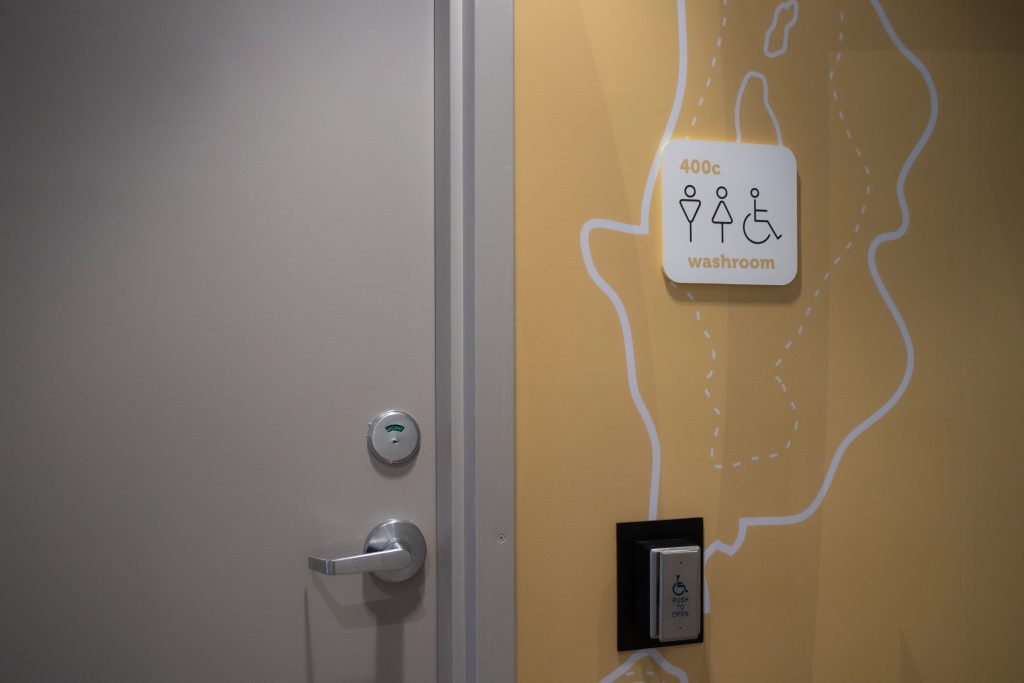
Our journey to accessibility
Physical environment
In 2014, the OAG moved to its modern office space on Fort Street in downtown Victoria. We had been based in a 19th-century building in nearby Bastion Square. The new location offered improved physical access, such as automated door openers and wider hallways and doorways for mobility aids.
Our 2024 office renovation project introduced more improvements: step-free entries, height-adjustable desks, quiet spaces, light dimmers, purpose-spaced hallways and aisles, and emergency evacuation plans for people with disabilities. There’s improved accessibility in staff kitchen areas, with lower counters, appliances and sinks that are wheelchair accessible.
Technology and remote working
The OAG operates in a hybrid work environment, with many employees working from home and in communities beyond Victoria. Technology is the backbone of remote work. It also supports accessibility and inclusivity at the OAG, contributing to a more diverse and flexible workplace.
1. When staff don’t need to be in the office to do their work, they don’t need to be based near our Victoria offices. This broadens our recruitment pool and staff diversity.
2. Working remotely, full-time or part-time, can support both accommodations to accessibility needs and employees’ work/life balance.
3. Staff responsible for caring for family members have more flexibility to keep working while providing support.
4. Virtual training increases access to professional development without the time and cost of travel.
5. It broadens access to subject matter experts required for audits or corporate projects.
Building a diverse and inclusive environment
Our three-year Equity, Diversity, and Inclusion (EDI) Strategy for 2024/25–2026/27 resulted from staff-led collaboration supported by the executive team. The EDI Strategy and the Accessibility Plan share the goals of supporting an equitable and diverse workforce, removing barriers and building a more inclusive workplace.
Bringing together diverse perspectives
Diverse perspectives are fundamental to our mission and the work we do. They reflect the province we serve and we bring them together in many ways.
For instance, we rely on subject matter experts for many of our audits. The auditor general frequently meets with community leaders around the province, known as our External Thought Leaders. We regularly receive the insight from our External Thought Leaders, who offer Indigenous, private sector and academic perspectives. We also share best practices and resources with the other independent offices of the Legislative Assembly.
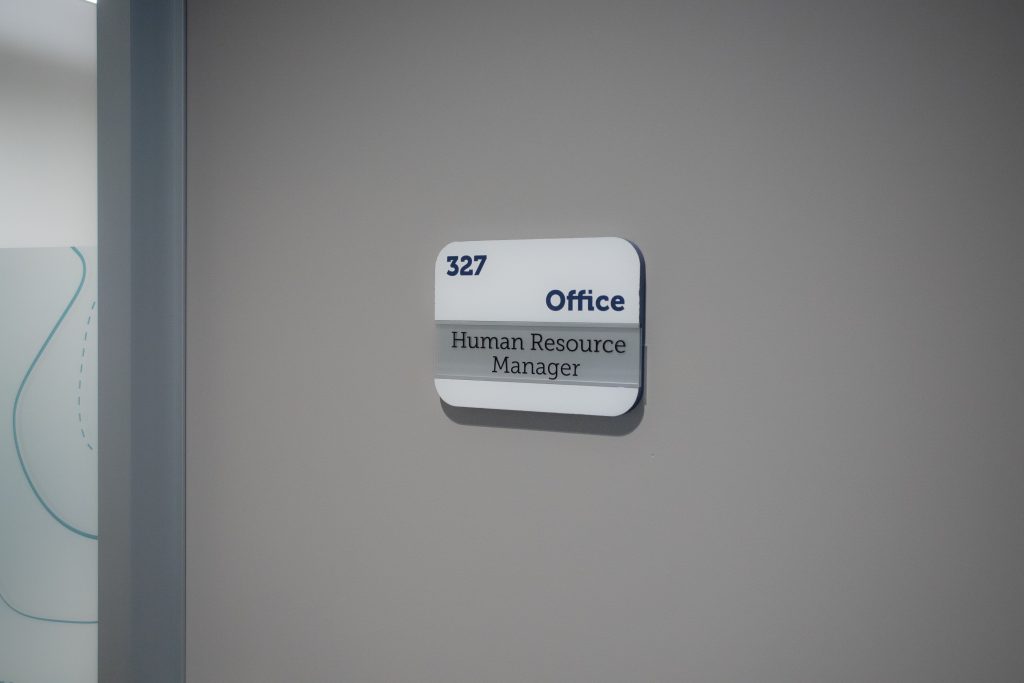
Accessible British Columbia Act
The Accessible British Columbia Act (2021) requires provincial government organizations to implement an accessibility plan.
Accessibility plans outline how organizations identify, remove, and prevent barriers for their employees and the public. Plans must be reviewed and updated at least once every three years.
The act requires organizations to:
1. Establish a committee to assist in identifying barriers to interacting with the organization and advise on the removal and prevention of barriers. To the extent possible, half of the committee membership must include:
a. people with disabilities or individuals who support persons with disabilities;
b. a reflection of the diversity of persons with disabilities in BC; and
c. at least one Indigenous person.
2. Create an accessibility plan:
a. with strategies to identify, remove, and prevent barriers to individuals in or interacting with the organization;
b. with a process to review and update the plan at least once every three years;
c. which considers the guiding principles;
d. with a process to consult and collaborate with the accessibility committee; and
e. with a process to consider comments received from public feedback.
3. Create a mechanism for receiving comments from the public related to the organization’s accessibility plan and barriers to individuals in or interacting with the organization.
Role and responsibilities of our committee
The OAG formed its first accessibility committee in 2024 to lead the development of this plan. They took a risk-based approach that considered the needs of staff, auditees, MLAs, the media, the public, and other readers of our reports.
Working closely with the office’s leadership, the committee is responsible for the implementation of the plan. The OAG’s executive team is responsible for approving the plan and will provide oversight to ensure progress is made on key actions. The accessibility committee may expand in the future to include more members with diverse expertise and personal experiences related to disabilities.
The committee meets every three months to consider changes in accessibility standards, best practices and needs. Its main job is to help the OAG identify barriers and prioritize action to address those barriers.
The committee’s responsibilities include:
• gathering or providing expertise on disabilities, accessibility needs, and information services that are easy for people with disabilities to use;
• advising the OAG on accessible services, tools and resources for public reports;
• identifying a new public feedback mechanism; and
• determining the best ways to inform people with disabilities about audit reports and work in progress.
The committee consults with the Independent Offices Legislative Assembly Accessibility Committee for support.
Identifying and addressing barriers
Based on an initial risk assessment, the committee has helped the Office of the Auditor General identify and address accessibility barriers across key areas: physical spaces, information technology, access to our public reports, and mechanisms for providing feedback to our office.
As required by the Accessible British Columbia Act, the OAG will endeavour to consistently consider the feedback of staff and the public to improve accessibility. Much of this process is already underway.
Staff consultations
In 2021, the OAG adopted our strategic plan and updated our mission, vision, values, goals and objectives. Our values, which emphasize accessibility, resonated with all staff. They define how we aim to work together in an inclusive and engaged culture, ensuring that our services are accessible and deliver value to the Legislative Assembly.
The office also has insight from our regular employee engagement surveys. Every two years the Work Environment Survey (WES) measures the health of work environments across the BC public service, including the OAG. In the years between WES surveys, we conduct a similar staff survey. Overall survey results have improved but there are still areas that need attention.
In 2024, the WES included a number of accessibility-focused questions. These questions related to physical work environment (e.g., sound levels, lighting, heat) along with work tools (computer and non-computer-based) and ways to ensure safety in the office and when working remotely. This feedback has been used to develop the key actions to improve accessibility outlined in the next section.
How we gather feedback about our work
The OAG is enhancing its public correspondence process for questions, concerns, and audit suggestions from the public, the Legislative Assembly and other interested parties.
• Streamlined communication channels to increase public awareness of available communication channels and reduce response times.
• Using social media for accessible communication.
• Using plain language for clarity and readability.
• Updating referral lists regularly to promptly direct inquiries to the right services.
• Enhancing response times to provide initial responses within one week.
The OAG encourages public feedback, including anonymous feedback about this plan, particularly from persons with disabilities. We are committed to reviewing all feedback and addressing barriers.
Contact us
Here’s how to reach us about our Accessibility Plan:
• email: bcauditor@bcauditor.com
• phone: 250.419.6100
• web: www.oag.bc.ca
• mail: 623 Fort St. Victoria, BC V8W 1G1
• fax: 250.387.1230
Internally, we encourage staff to provide feedback to our Human Resources team about accessibility. This aligns with our EDI commitment to build a safe, supportive workplace where everyone can thrive.
To ensure psychological safety, we will also develop a mechanism for staff to provide anonymous feedback on this plan. Anonymous feedback will be tracked to ensure a consistent reporting process and accountability for addressing concerns.
We are dedicated to continual improvement and actively seeking external and internal feedback to enhance our operations and accessibility.
Physical spaces
Staff need a barrier-free office environment to do their work. Our office has several accessibility features:
• automatic door openers;
• curb-free doorways;
• a scent-free environment;
• quiet rooms;
• height-adjustable chairs and desks;
• wheelchair-friendly kitchen appliances and amenities;
• accessible washrooms; and
• flexible work-from-home options.
Information technology
Our information technology includes a variety of options to help staff perform their roles, such as:
• different-sized monitors to meet individual needs (for visual or mobility impairments);
• laptop computer, keyboard and mouse options (for mobility and ergonomic needs);
• a bring-your-own-device program for staff to use tools that best meet their accessibility needs; and
• software with various accessibility features (text-to-speech, magnification tools, screen readers, customizable interfaces) for fulfilling job duties.
Access to public reports
We have changed our reporting style to make our reports clearer and easier to use, by:
• providing a “report at a glance” summaries;
• using plain language;
• using videos and infographics; and
• using traditional and social media.
Moving forward, ensuring the completion of metadata and alt text in report files will allow them to be read by screen readers. High-contrast colours will also aid people who have limited vision or colour blindness.
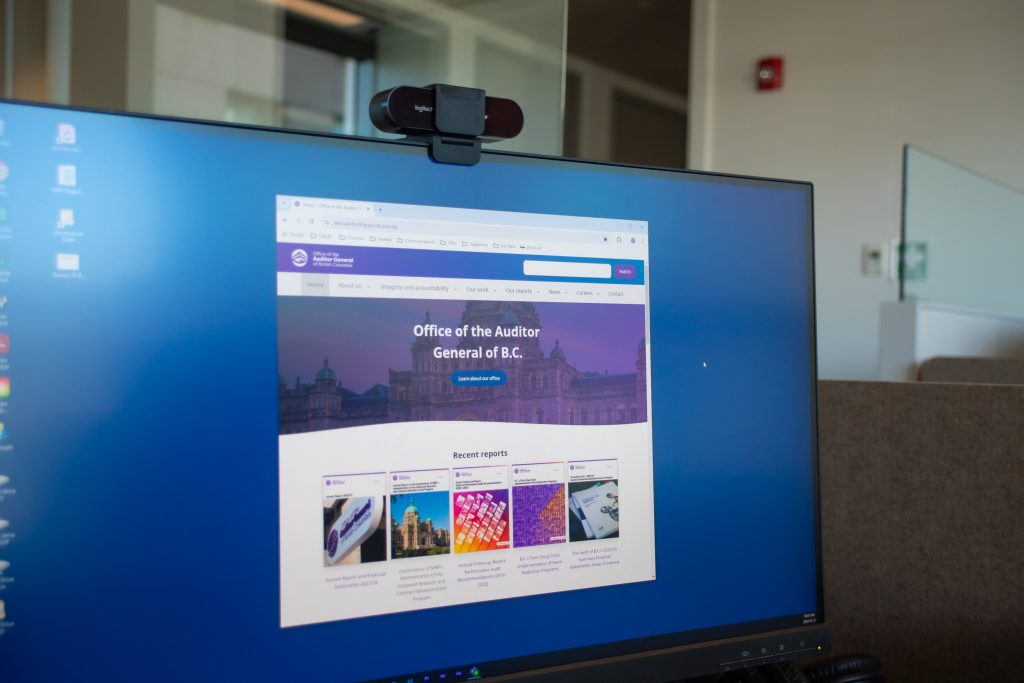
Key actions
Our three-year plan includes specific actions to find, address and prevent barriers to:
• the public information we produce; and
• within our work environment.
The key actions listed in this section address barriers faced by our staff when they use our physical spaces and our technology. They also address barriers between our online reports and their readers (i.e., the public and Members of the Legislative Assembly).
We will share our Accessibility Plan widely to encourage collaboration and engagement on accessibility and inclusion at the OAG.
Year 1 (2024/25)
Digital accessibility overhaul
• Conduct an accessibility audit of the OAG website and digital platforms to identify areas for improvement.
• Implement necessary changes to ensure that the website and all digital content meet standards for making web content more accessible to people with disabilities.
• Provide training sessions for staff responsible for digital content creation to ensure ongoing compliance with accessibility standards.
Communication accessibility
• Develop templates and guidelines for reports and public information in multiple accessible formats, including plain text, MS Word, accessible PDFs and HTML.
• Establish a review process to ensure all internal and external communications meet accessibility standards before publication.
Staff training and awareness (Part 1)
• Launch an accessibility training program for all OAG staff, covering topics such as disability awareness, processes to request support and accommodations in the workplace, creating accessible documents, and using assistive technologies.
• Coordinate with EDI strategy lead and related initiatives to ensure alignment of accessibility and EDI work.
Year 2 (2025/26)
Physical accessibility enhancements
• Conduct an accessibility audit of the physical office spaces to identify areas for improvement.
• Implement physical accessibility enhancements such as additional automatic door openers, signage improvements, and accessibility features in common areas.
• Ensure that all office policies and practices prioritize accessibility, including the provision of accommodations for staff.
Public engagement and feedback mechanisms
• Enhance the public correspondence intake process to improve accessibility and response times.
• Integrate improved feedback mechanisms across multiple channels, including social media platforms, to gather input from a diverse range of stakeholders.
• Regularly review and update the Accessibility Plan based on feedback from internal and external sources.
Staff training and awareness (Part 2)
• Create a resource hub on the OAG intranet with accessibility tools, guidelines and best practices.
• Continue to use WES and staff surveys to measure progress and identify barriers.
Accessibility in hiring process
• Establish a process for job candidates to request accommodations during interviews, assessments and other stages of the hiring process, ensuring confidentiality and respect for individual needs.
• Review and revise job postings to include language inviting candidates to request accommodations for the recruitment process.
• Provide training for hiring managers and interviewers on disability etiquette, unconscious bias and the importance of an inclusive hiring environment.
• Regularly evaluate and refine hiring practices to remove barriers and promote accessibility, seeking feedback from both candidates and staff involved in the recruitment process.
Year 3 (2026/27)
Continued monitoring and evaluation
• Conduct regular accessibility assessments to monitor progress and identify areas for further improvement.
• Engage with management, staff and the public to evaluate the effectiveness of accessibility initiatives and make necessary adjustments.
• Publish an annual accessibility report detailing achievements, challenges and future actions to promote transparency and accountability.
Community engagement
• Strengthen partnerships with disability advocacy groups, community organizations, and other stakeholders to foster collaboration on accessibility initiatives.
• Host accessibility awareness events and workshops with other Independent Offices of the Legislative Assembly (IOLA) to promote inclusivity and share best practices.
• Explore opportunities for joint projects and initiatives to advance accessibility in the IOLA community.
Monitoring and evaluation
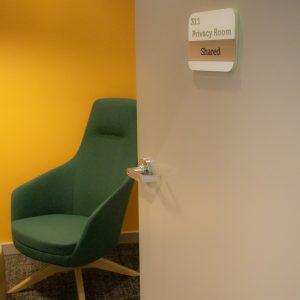
The Accessibility Committee will deliver annual progress reports to the OAG executive team, ensuring transparency and accountability in our accessibility initiatives. These reports will provide a comprehensive overview of our efforts and achievements.
The OAG also pledges to conduct a thorough review and assessment of its Accessibility Plan every three years. These evaluations will be accessible on our public website, fostering transparency and inviting community feedback.
Looking ahead, the OAG is exploring the potential for an accessibility maturity model that would help us to continually enhance the accessibility of our products and the inclusivity of our work environment.
Conclusion
Accessibility at the OAG has evolved significantly from our early days in an aging building with numerous accessibility limitations to a modern office with better access and facilities.
We will continue to look for, address and prevent barriers to accessibility. We will constantly improve our feedback mechanisms and we will systematically address barriers in physical spaces, information technology and access to our work.
Our Accessibility Plan will be instrumental in ensuring that we maintain an inclusive culture and community in an environment that empowers everyone – our staff and the people we serve – to participate fully and equally in the OAG’s mandate.
